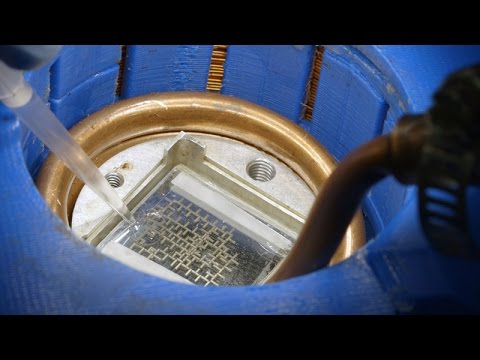
Indian American engineer Manu Prakash, an assistant professor of bioengineering at Stanford, and his students have developed a synchronous computer that operates using the unique physics of moving water droplets.
The computer is nearly a decade in the making, incubated from an idea that struck Prakash when he was a graduate student. The work combines his expertise in manipulating droplet fluid dynamics with a fundamental element of computer science – an operating clock.
“In this work, we finally demonstrate a synchronous, universal droplet logic and control,” Prakash said.
“We already have digital computers to process information. Our goal is not to compete with electronic computers or to operate word processors on this,” Prakash said. “Our goal is to build a completely new class of computers that can precisely control and manipulate physical matter. Imagine if when you run a set of computations that not only information is processed but physical matter is algorithmically manipulated as well. We have just made this possible at the mesoscale.”
The ability to precisely control droplets using fluidic computation could have a number of applications in high-throughput biology and chemistry, and possibly new applications in scalable digital manufacturing.
The results are published in the current edition of Nature Physics.





Be the first to comment